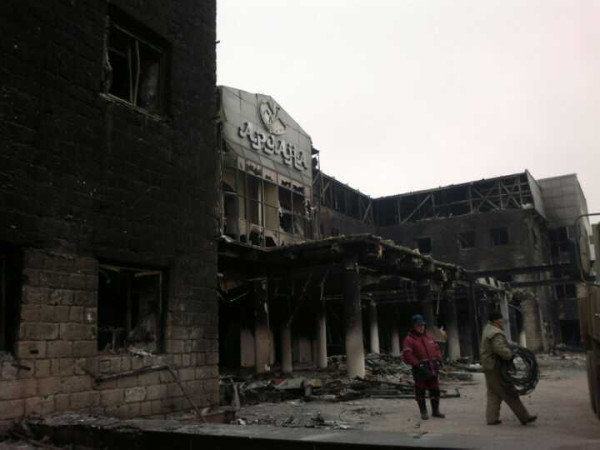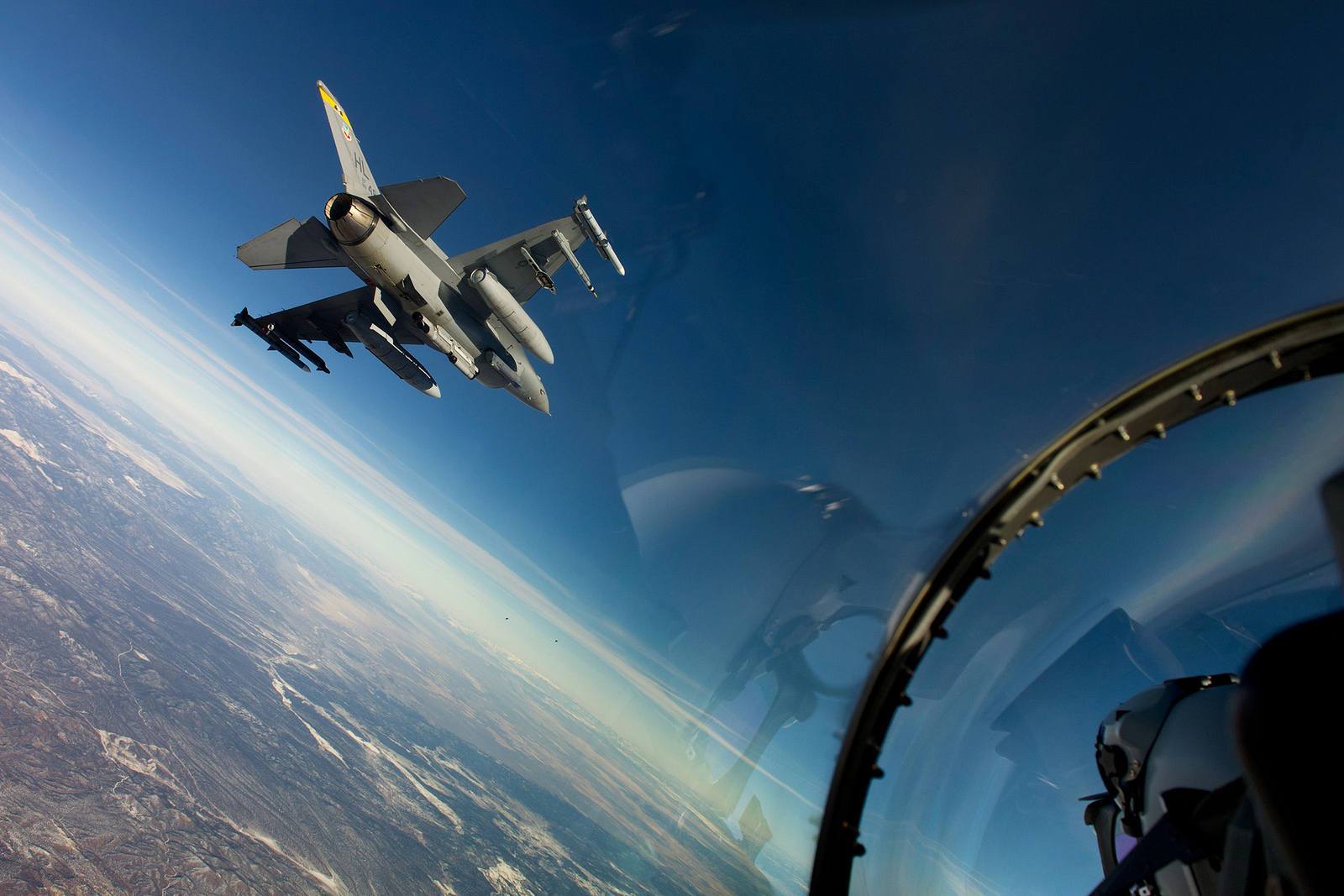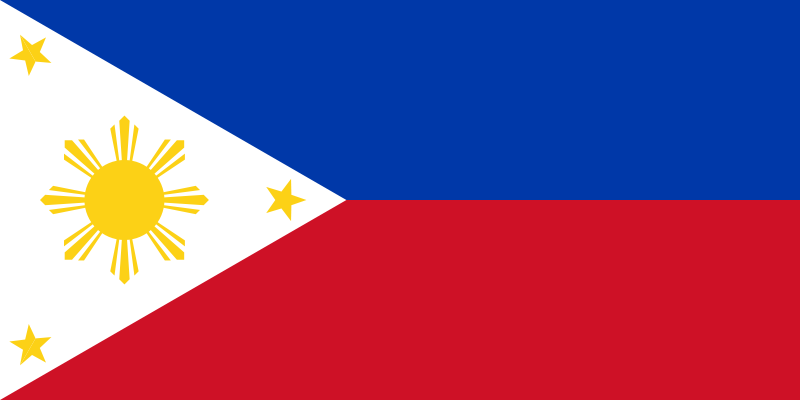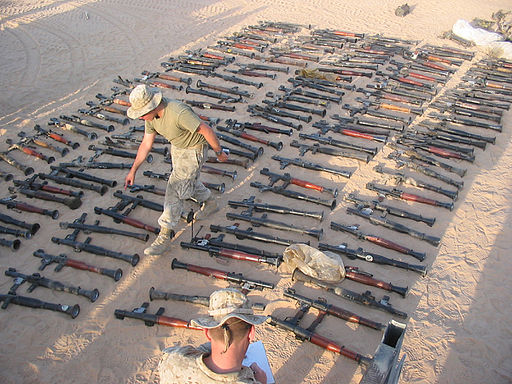Guest post by Alexander Cooley
Russian troops are in Kazakhstan, providing support to President Kassym-Jomart Tokayev’s government after it was rocked by protests over a sharp rise in fuel prices. How did the protests start and why is Russia involved?
The protests started early in January in the western city of Zhanaozen in response to a doubling of fuel prices. The spike was caused by a pre-planned curtailing of subsidies to LPG—Liquefied Petroleum Gas, which is widely used as motor fuel in Kazakhstan—and the transition to market prices and electronic trading. But the rise in prices was abrupt, and given that LPG fuels 70–90 percent of vehicles in the region, the price hikes imposed massive additional costs on a whole host of workers and sectors. The reforms had been prompted by LPG being sold at a loss domestically, which led to acute shortages and thriving black market exports of LPG to other countries.
The protestors—many of whom worked in or serviced the oil industry—framed their grievances in terms of government officials and oligarchic interests exploiting their pricing power. Within a couple of days, protests flared across the country, including in the largest city, Almaty. Grievances widened to include broader frustrations about low wages, lingering unemployment, and chronic corruption. In Almaty, many protesters expressed anger at the lack of political reform since former President Nazarbayev stepped down in 2019 while remaining a power-broker behind the scenes.
How is what’s happening now different from protests several years ago?
Protest is not new in Kazakhstan. Ten years ago, in Zhanaozen, police opened fire on oil workers protesting about working conditions and poor wages, killing (officially) 16, while blaming unrest on an exiled politician. In the spring of 2016, there were large protests against a government plan to privatize land, which also was sparked by fears that land would be bought up by Chinese interests.
What differentiates these protests was that they spread to every major city in the country with a ferocity and scale not seen before. Police openly clashed with armed protesters, and there are reports of armed instigators—perhaps linked to an elite power struggle between political allies associated with former President Nazarbayev—fanning the flames. A nationwide state of emergency was declared. Thousands were detained and the official death toll is 225. Karim Masmov, a close political ally of Nazarbayev, former prime minister and head of the intelligence services, was dismissed after the protests and then arrested on charges of “treason.” This, too, was a signal that internal power struggles might be implicated.
What is the Collective Security Treaty Organization and what role are they playing?
The Collective Security Treaty Organization (CSTO) is a regional security alliance, led by Russia, whose membership includes six post-Soviet states: Armenia, Belarus, Kazakhstan, Kyrgyzstan, Russia, and Tajikistan. It publicly offers “NATO-style” collective security guarantees should any of its member states be threatened. Although it has been in existence since 1992, it has added capabilities and additional competencies over the last 15 years, including developing a rapid-reaction force and amending its charter to allow for operations to counter domestic sources of instability. But this is the first time in its history that it has actually agreed to a request by a member state to intervene.
What is the significance of these events for the US and its allies?
Developments in Kazakhstan are important to the US for a number of reasons. First, the intervention reinforces that Russia and the CSTO have the capacity to effectively defend authoritarian regimes from “internal threats” and protests. Prior to the Kazakhstan operation, Western policymakers and analysts had dismissed the CSTO as a “talk shop” and pointed to several times that Russia had failed to agree to send CSTO forces to hotpot conflicts in Central Asia or the Caucasus.
Second, events underscore that the Central Asian states remain squarely within the influence and security domain of Russia, despite broad wishful thinking that the region would continue to pursue “multivector” foreign policies that included maintaining close ties with the United States. Absent the important security cooperation when Washington was engaged in Afghanistan, the United States is not nearly as influential in Central Asia as Russia and China.
Finally, as the current government of Tokayev appears to be purging the state of former President Nazarbayev family and allies, the West may see a concerted effort by the Kazakh government to go after overseas holdings in jurisdictions like the UK and the US: bank accounts, other financial assets, and real estate holdings. Indeed, the Biden administration’s new anti-corruption agenda may be tested soon if the Kazakh government seeks to discredit or sanction Nazarbayev and his allies.
How does what’s happening in Kazakhstan relate to Russian activities in other former Soviet states like Belarus and Ukraine?
This is a region of demonstration effects. Governments pay close attention to political developments and always calculate what they might mean for their own political survival. Russia feels emboldened by its intervention as it received a great deal of credit and regional prestige for minimal cost. It has solidified its position as a provider of security, regime stability, and opposition to the West. Just as President Lukashenko began to openly back Moscow’s position on Ukraine after Putin supported his crackdown on protesters in 2020, I will be paying attention to whether Kazakhstan also sides more publicly with the Kremlin on developments around Ukraine.
Alexander Cooley is the Claire Tow Professor of Political Science at Barnard College, Columbia University. His books include Great Games, Local Rules: The New Great Power Contest in Central Asia (Oxford 2012) and, with Daniel Nexon, Exit from Hegemony: The Unravelling of the American Global Order (Oxford 2020).







